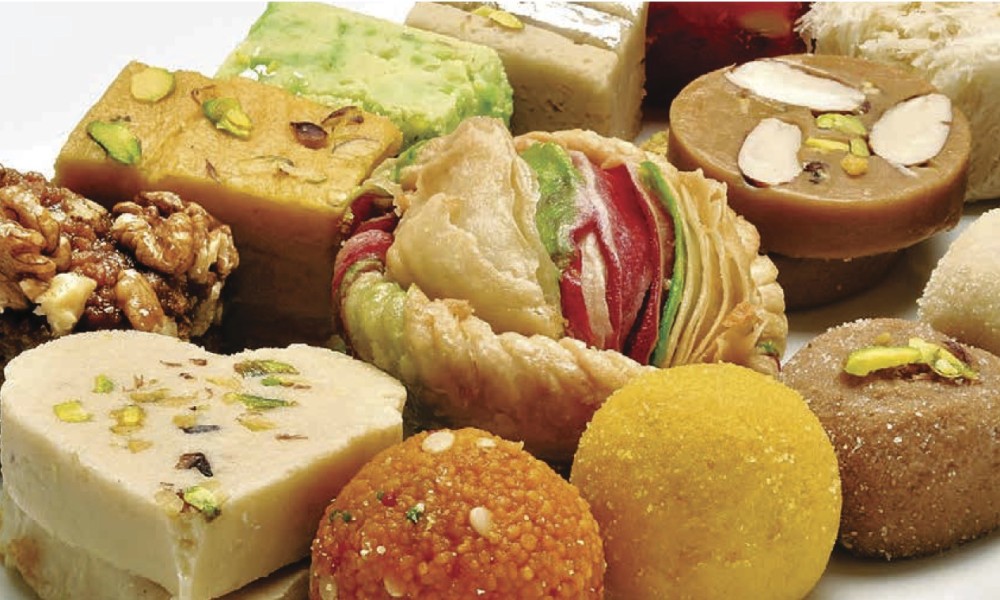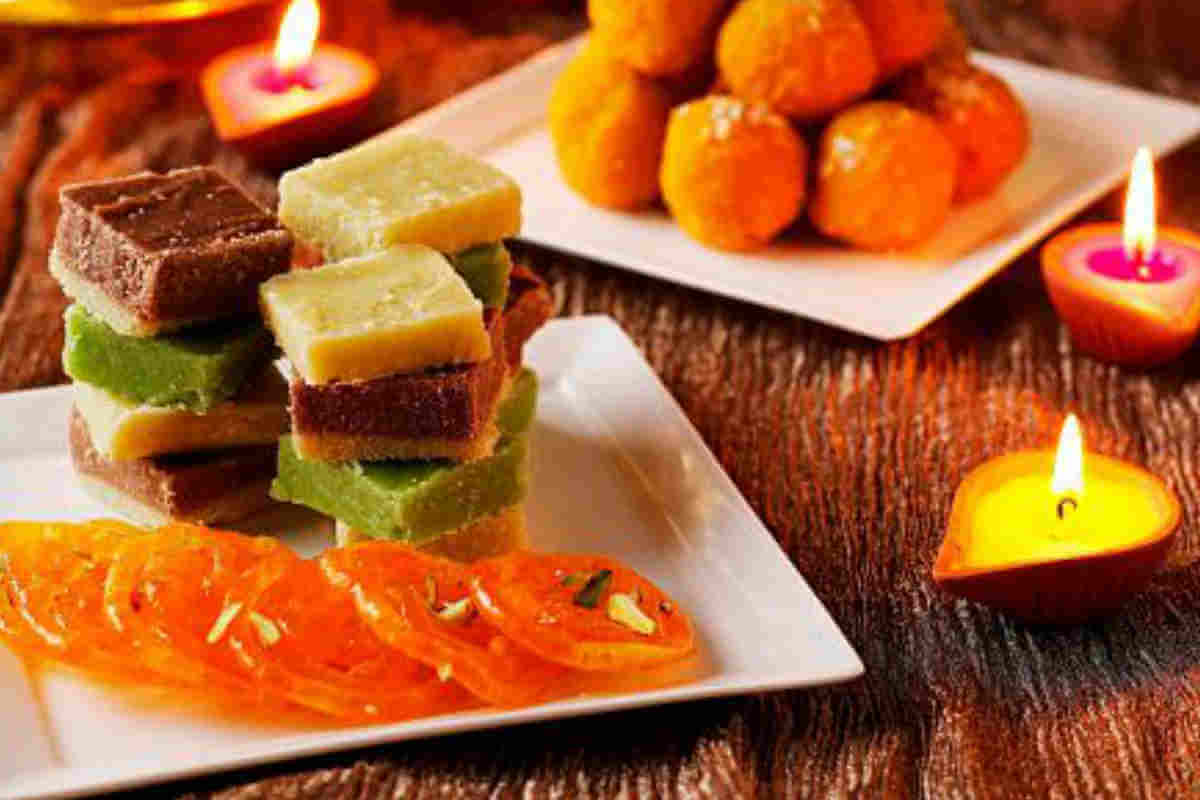We all have at least two different types of shoes in our shoe rack. While choosing shoes, we usually only consider the model and comfort of those shoes. However, do you know that there are certain types of shoes that are not too good for you? It is important to know how shoes affect your feet, and in turn, your overall health.
Let’s explore the worst shoes for your feet, and the better shoes that you might want to consider buying in the future:
Ballet flats
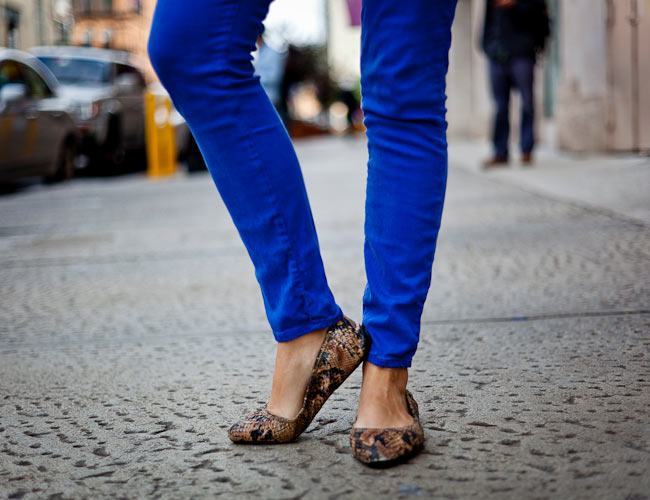
Although this type of shoes looks ‘innocent’ and harmless, there is actually a problem with this type of shoe. Ballet flats have flat soles with minimal support for the feet. Within these shoes, the feet are able to move and sway as you walk on surfaces. However, when you’re walking on uneven surface, ballet flats are less likely to give the feet the support needed.
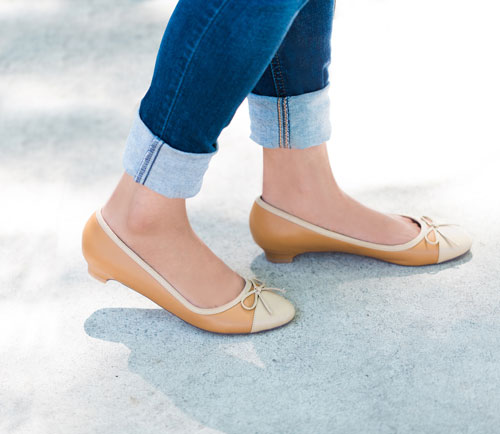
Solution: If you do love this type of shoes, you can add insoles to help prevent mild foot pain. Heel pads can produce extra cushioning for achy heels. You also can opt for shoes with a little heels and slightly arched shoes to avoid foot pain.
Flip flops
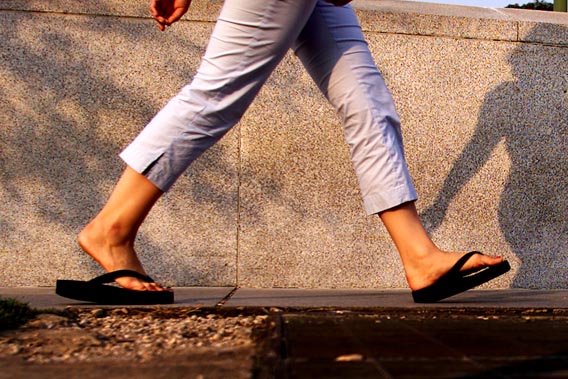
Admit it, you wear flip flops for daily walking, right? Actually, flip flops are only suitable for walking when you are in your holiday on the beach or go to swimming pool, not for daily walking. They have no outline and straps to support arcs, so it can’t protect the feet. The inadequate support also can lead to foot pain.
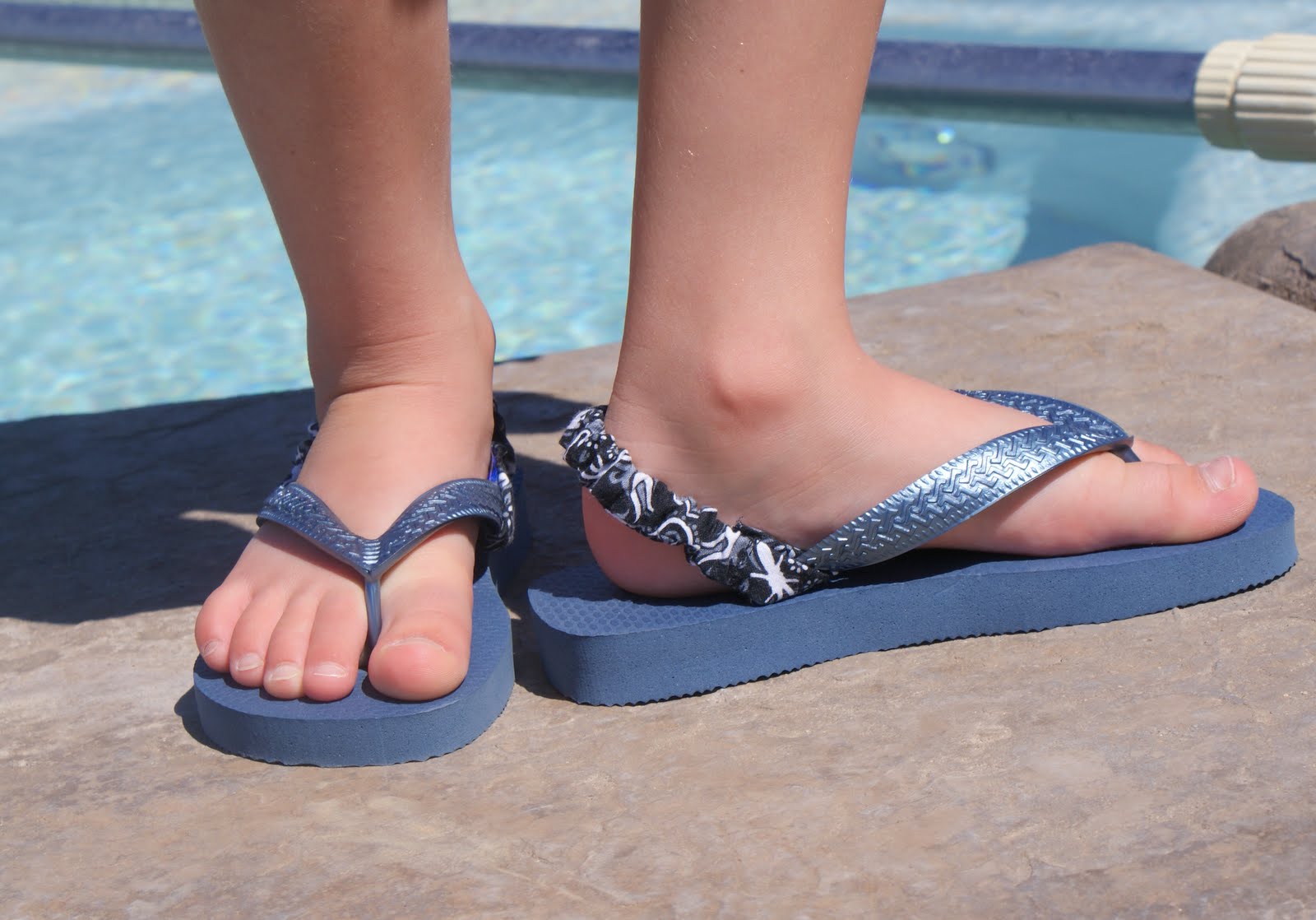
Solution: For daily uses, opt for sandal-type shoes having a strap at the back, so your feet can’t be out of the shoe.
Stiletto
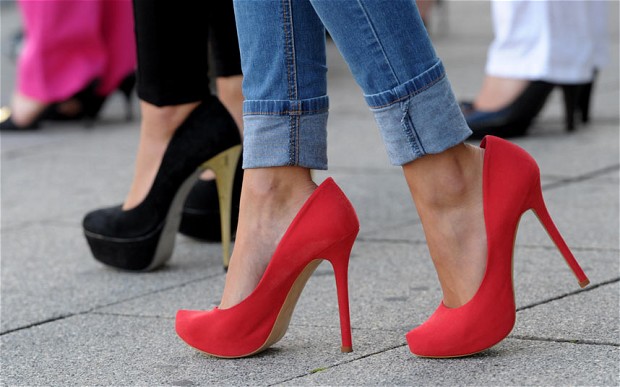
Stilettos or high heels are not only uncomfortable to wear, but also can cause foot health problems. Ultra-high heels shoes can lead to everything from ankle sprains to pain. It also force the feet into a position that puts stress on the foot. Too much pressure can inflame these bones or the nerves around them.
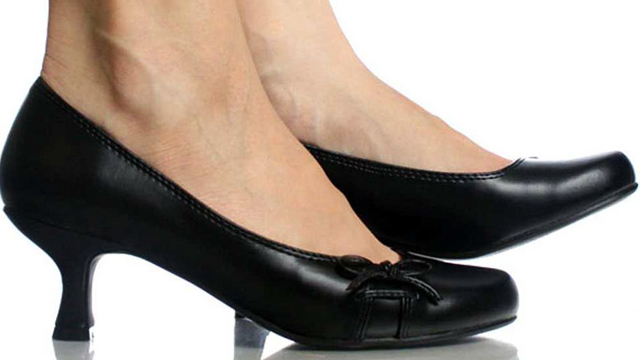
Solution: go low. Heels with no more than 2 inches like kitten heels are safe for daily wear. They still provide you a stylish and polished look, but they don’t force your foot into such a severe angle. If you are not too confident with kitten heels, you can opt for high heels with chunky heels. A chunky heel has more surface are and distributes your weight more evenly.
Platform shoes
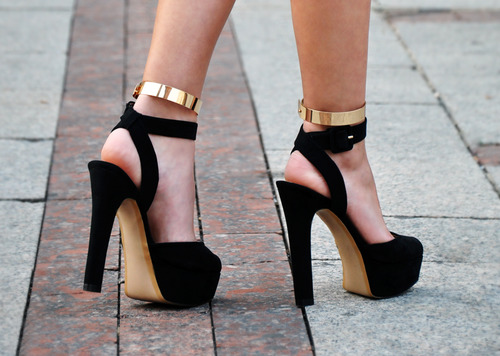
Platform shoes and wedges tend to have rigid foot beds. The bottom part of platform shoes usually can be quite rigid and this provides an unnatural support for the feet. Platform shoes also can lead to the potential of ankle instability.
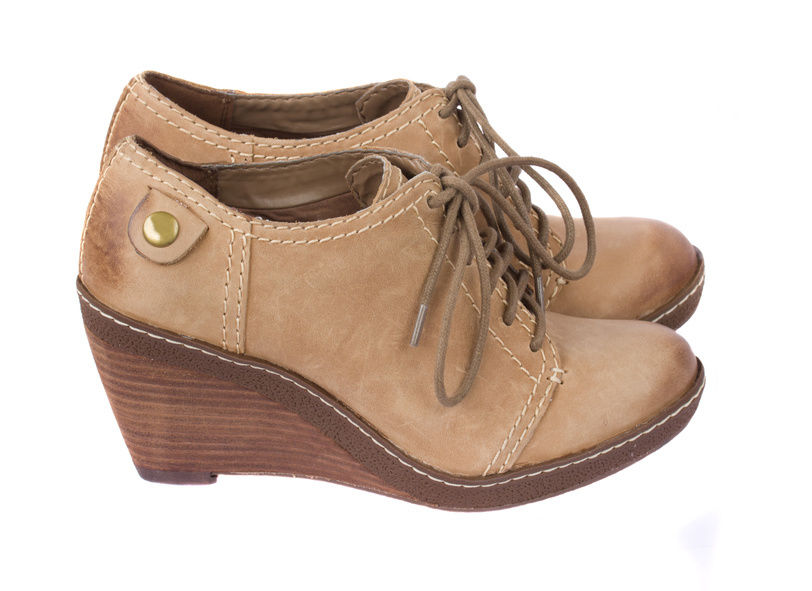
Solutions: you can opt for flatter platforms. Although still not recommended, a flatter platform shoe may put less strain on your feet than its peers. Look for a mid wedge or platform that is nearly parallel with the ground. This will shorten the pressure on the ball of the foot.
Pointy toes
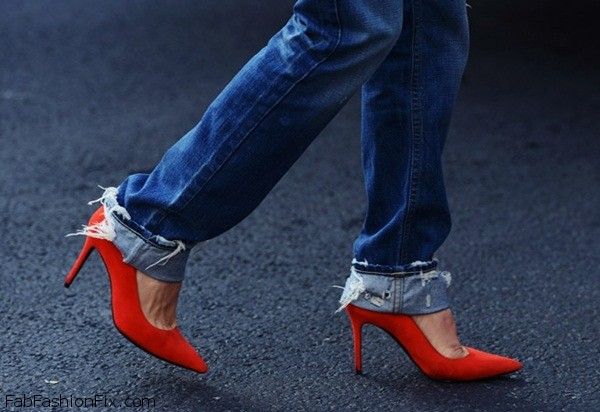
Pointy toes are really pretty and give illusion of longer feet, but this type of shoes squeeze the entire front of your foot together. After time, this can cause pain, bunions, blisters, and hammertoes. Some women even develop bruises under their toenails from the constant pressure.
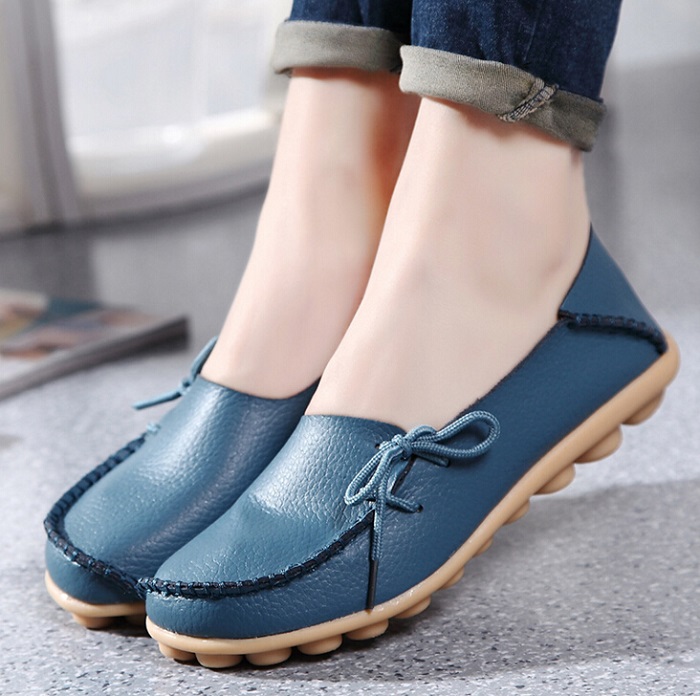
Solution: avoid the problems by selecting boxier or rounder shoes. Also, choose a softer material rather than leather, so it won’t squeeze your toes and leaving a little room for your toes to breathe.



